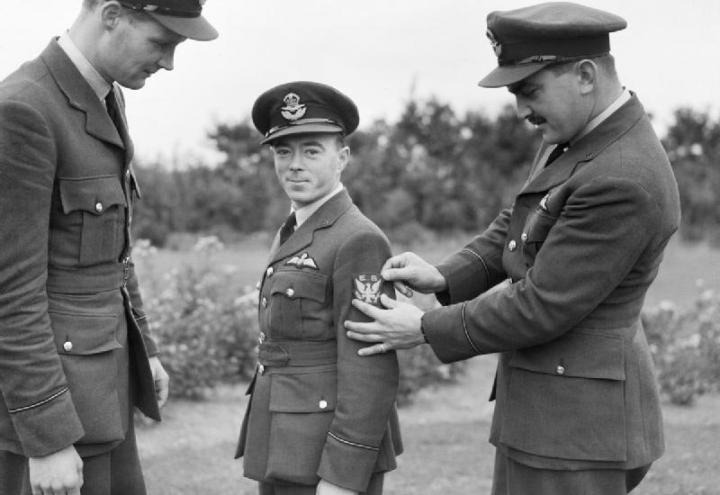Watch “Firearms of the Great War (link is external),” a recent Facebook live chat with two ABMC historians. Watch as Mike Knapp and Alec Bennett talk with Sarah Herrmann about two iconic weapons used during World War I by American forces—the Springfield and the Chauchat, often pronounced by Americans as "Show Show."
The visitor center at Henri-Chapelle American Cemetery will be closed October 2 through October 14, 2017 due to renovation work. Access to the cemetery and to the restrooms will not be affected during this time.
In World War II, the Korean War and the Vietnam War, millions of Americans served far from home. In the various conflicts, service members fought in the waters of the Atlantic and Pacific. They traversed mountains in Italy, France, Korea and Vietnam.
World War I ended nearly 100 years ago. To help tell this piece of American history, the American Battle Monuments Commission (ABMC) has been welcoming television and film production crews to its cemeteries and memorials overseas in recent months.
The Lafayette Escadrille Memorial Cemetery is located within the Domaine National de Saint-Cloud. Due to preparations for a fireworks display, access to Domaine National de Saint-Cloud will not be available on Saturday, September 9 from 2 p.m. to 6:30 p.m.

Cambridge American Cemetery will participate in Open Cambridge this weekend. As part of a national heritage day, Open Cambridge is designed to offer special access to places, and provide an annual opportunity for people to discover the local history and heritage of their community.

By the end of summer 1917 American soldiers were in France as part of the American Expeditionary Forces (AEF). While mobilization had been rapid, American military leaders were not ready to send American divisions to the front lines.

Heavy bombers, which would officially become part of the 8th Air Force in September 1942, made one of their early raids the day of the Dieppe Raid in August 1942. Of the 24 Royal Air Force (RAF) fighter squadrons in support of the Dieppe Raid, three were “Eagle Squadrons” of American volunteer pilots.

On August 17, 1917 the scout cruiser USS Birmingham arrived at Gibraltar with American Rear Adm. Henry B. Wilson aboard. His mission was to establish an American naval presence at Gibraltar.
